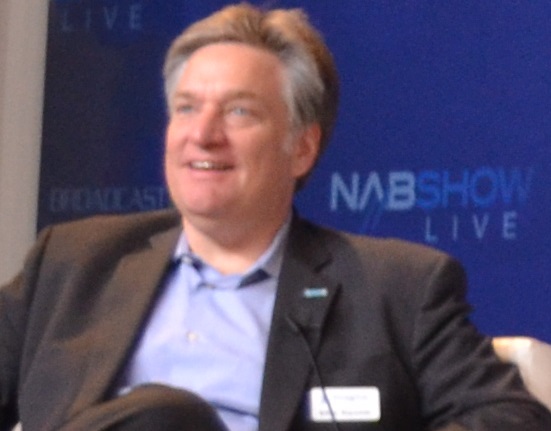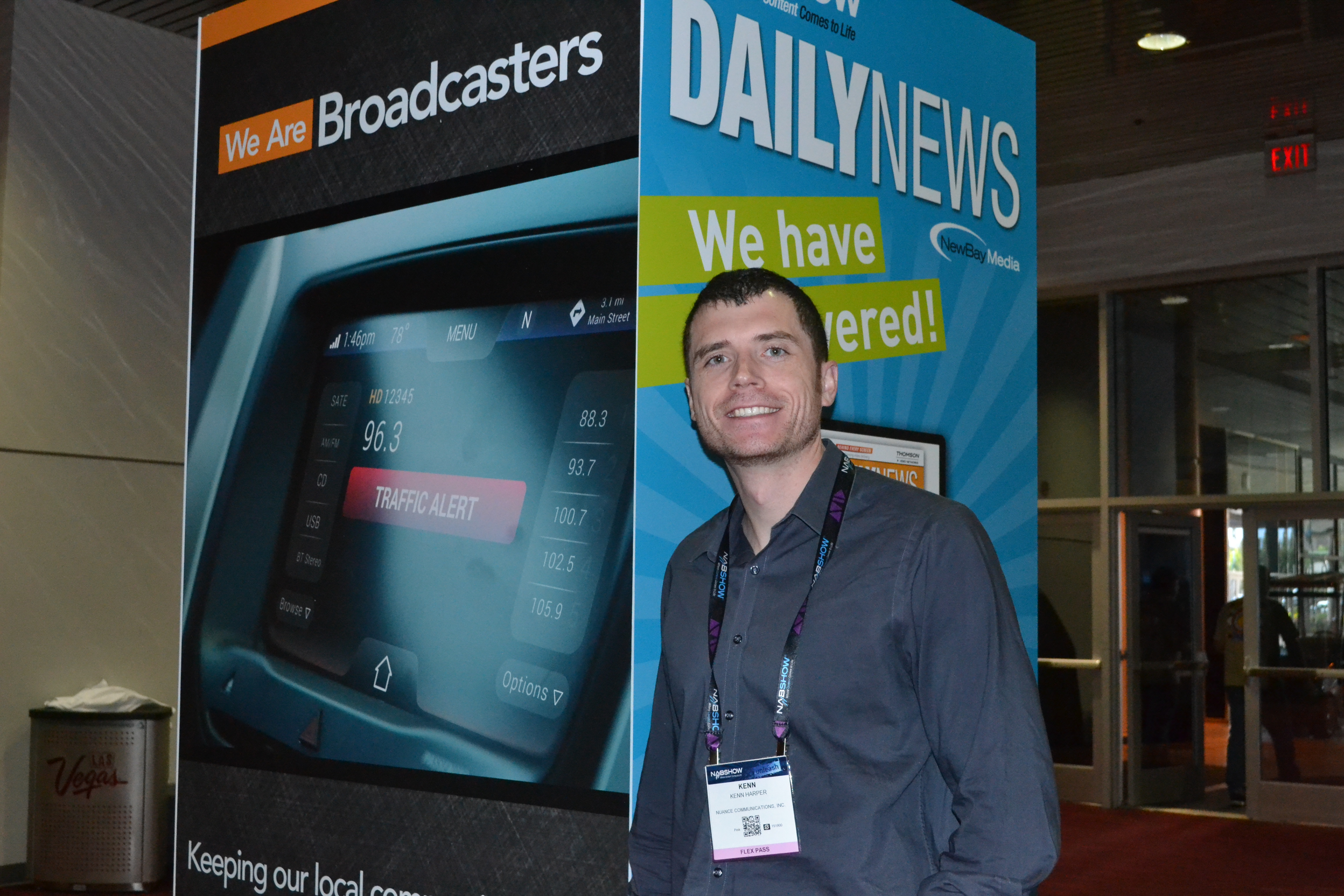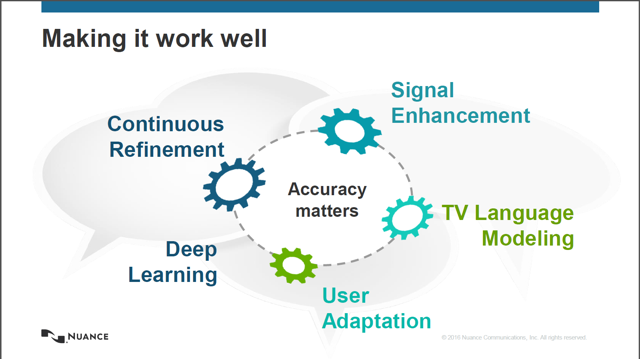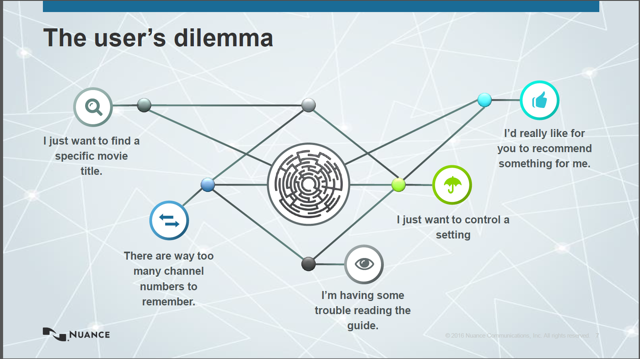
by Lidia Paulinska | Jun 12, 2016
IMS, May 2016 –At the International Microwave Symposium this year a legendary inventor, a father of the cellphone, Dr. Martin Cooper, was speaking at the plenary session on Monday, May 23. In 1973 Dr. Cooper worked for Motorola when he presented the first handheld cellular phone to the world. In a short 10 years later, the “DynaTAC 8000x” the model was released to the market. Today it is hard to believe that first cellphone weighed almost 2 pounds and looked and felt like a brick. The first model that retailed for $3,995 and with its 30 minute of battery charge, it was far away from the functionality and beauty of today’s standards. But since that time, cellular phones have been becoming less expensive and with upgrades and vast technology improvements, the mobile phone was becoming accepted as part of the mainstream life on its way to conquering the world. In the last 20 years, the number of cellular phones rose from 12 million to 5 billion. Dr. Cooper maintains that, although the phone contains amazing semiconductor and other advance technologies, the phone itself is still in its infancy. Personal wireless connectivity has the potential to change our approach to health care and education sectors.
Unfortunately Dr Martin speech was disrupted twice by fire alarms and some time passed by because of the clearance procedures but having this accomplished inventor at IMS was a real treat for the attendees.

by Lidia Paulinska | May 30, 2016
NAB, April 2016 – OWC is the abbreviation for Other World Computing, one of the longest running 3rd party computer component and storage solutions providers in the personal computer industry. The company started with individual users and small companies and now supports enterprise customers and cloud providers with their products. In a casual and comfortable one on one discussion, we sat down with their CEO and founder to talk about his journey and the company.
It seems like yesterday, said Larry O’Connor, when I asked about his early age of establishing his company. He was 14 years old. Young entrepreneur from Wichita, Illinois. It was in the middle of nowhere – he recalled – “My dad used the computers in his business, he had a TRS 80, so I was exposed to this “staff” in the early age.” He upgraded it.
I do think that was a disruptive business in that time, and I did think I could do it better – he stated.
He recalled, he saw the man coming to their place to do an upgrade on a computer. The technical spent most of his time sitting with the feet on the desk and reading a newspaper. It was then he realized that the paperwork took more time than the effort and process of upgrading the computer. He explained that he then realize, all the folks that need a memory upgrade they don’t need to go to a local computer store. I don’t need to go to the computer store. I can support them and educate them, upgrade it, and even show them how to do it faster and for better price.
In those days, back in the early 1980’s , he found that prices were not changing that quickly and the major computer sale magazines had prices and multiple suppliers for memory, storage and all the accessories. He then found that AOL had an on-line store and chat rooms and an 800 phone number, so his age did not matter, just his knowledge and enthusiasm, to be able sell products. Also, this time was the start of the rise of overnight shipping industry. This was convenient as he could not drive to buy parts or pickup systems for service.
The company started with providing services with known parts going into known computers. He started identifying new components that would improve the performance of the computers his customers had without having them buy a whole new system. He also started to build devices & software that would allow existing parts and peripherals to work with new operating systems and computers.
The driving factor is he cares about the customer, their problems and how to make the computers a productivity tool for them rather than a block in their path they have to put a big effort into learning. He has kept this mentality as the core of the company, and found people with like thinking along the way.
When asked, how did he transition from one person at his parent’s house to running a company that just relocated as they exhausted the local hiring talent pool, he said that he does not feel he runs the company. While people work for him and may report to him, he has to report to everyone at the company and the customers – he is responsible to everyone for what they are doing.
A focus for the company is still on solving customer problems, he sees the future in software to solve problems and expense for customers as well as preserving the value of legacy hardware. He feels that computers and accessories get obsoleted by software applications faster than they stop working and need to be replaced. Software and support can help extend the useful life of a lot of legacy technology for customers at a fair price.

by Lidia Paulinska | May 21, 2016
April, NAB – Two years ago when we started to talk about IP and a question was – Can we do it? A year ago we were asking – Should we do it? This year a question is – How we do it? Steve Reynolds from Imagine Communications was describing the inception of AIMS, Alliance for IP Media Solutions, during our 1:1 interview. Reynolds added that in 2015 a lot of customers came to Imagine Communication with the concerns that they want to do IP but they were worried that is going to be a fragmentation in that segment of the industry. That was clearly need for AIMS.
NAB 2016 was a first year for AIMS, an industry consortium led by broadcast engineers, technologists, visionaries, vendors and business executives dedicated to an open-standards approach that moves broadcast and media companies to a virtualized, IP-based environment.
Reynolds explained that AIMS does not develop specs and standards. AIMS is trade of mind, it is marketing organization – he stated. The goal was to group the companies that primarily are working on broadcast technologies to get together and agree on the common set on the standards we want to use. The standards that are already developed. AIMS focus is on educating, evangelizing and spreading the adoption the technologies, but not to develop specs and standards. We here to help the adoption – he added. When the company joins AIMS it signs the adopter agreement, which says that they will promote this use of technologies, the AIMS roadmap, as you prefer to IP production.
More information about AIMS can be found here: http://aimsalliance.org/

by Lidia Paulinska | May 11, 2016
April 2016, NAB – Voice and language which is the most natural modalities we acquired since birth. No wonder that we are searching for communication with devices using our voice and language. Nuance Communications, has developed products that provide speech and imaging applications, is a leader in this area. If a customer uses voice commands to talk to automobile there is 99% chances that it is Nuance technology.
Kenneth Harper, VP, Devices & Ecosystem of Nuance talked to us about last advancements in transforming the TV experience with voice. Nuance has been working for some time on specific solution called Dragon TV that is going to have huge impact on the TV experience.
The TV room is usually a complex multi-person environment where the commands are mixed with conversations making voice control is a big challenge. While you are watching TV, your kids are playing or your other devices are talking to you. There are some advancements to solve that problem – said Harper. One of them is called signal enhancement. Nuance is looking at audio that is being recorded, usually from two different microphones that, depending on set up, use an integrated technology and solution that we use that can sit in the remote control or set top box. The technology trys to determine who is actually speaking in the living room. When we determine who that speaker is, we put what we called “a beamer” on that speaker. Then as a post processing task from all audio that was recorded, we enhanced that audio and suppress everything else. It called signal enhancement.
Accuracy matter in TV experience and Nuance making it work well.

TV is not one piece but multiple pieces. Nuance covers the entire spectrum for TV by providing the enabling technology to manufacturers and then integrate it this with specific hardware devices or specific solution. Now when the second screens are considered as TV as well, a companion app is in use in that case. Sometimes it is at the set up box, sometimes inside the remote control. The customers have their preferences and Nuance follows their needs for both solutions– said Harper.
There is a difference between using TV and training Dragon for PC use to helping write an document or general input to a computer– mentioned Harper referring to our journalism work. TV uses mostly short comments that are fairly predictable. For TV there are certain things people going to do.

There are usually short commands, 5-6 unique words, we know the vernacular. Those are things that can be optimized – stated Harper. If a customer search for ‘movies with Bill Murray”. That’s how it all comes together.

The future of the living room is set. TV becomes the central hub of the home and voice is becoming the primary interface.

by Lidia Paulinska | Apr 6, 2016
The author of the proverbial statement – Necessity is a mother of invention – is unknown. It is sometimes ascribed to Plato, the Greek philosopher who lived in Athens in the time 300 years BC. But even the quote is very old, the meaning is current. Difficult situations inspire ingenious solutions.
This is what happened to Steve McGough, founder of product named Hi that helps women and couple experience new way to relax and enjoy life. Since 2009 their unique technology has been refined and tested on over 2000 women. Today their method and technology has been patented in the US and Australia with patents pending in the EU and Canada. At the 2016 HardwareCon in San Leandro, California, Steve presented a lunch time keynote session and presented his soon to be on the market product to the crowd.
Heading back to his story of invention.
Steve discovered the technology behind “hi” when trying to help his wife Wendy find a way to relieve pain from a surgical adhesion. In 2007 he rushed his wife to a hospital for emergency C-section following 5 years of trying to have a child. Steve and his wife Wendy, then had their life take a dramatic turn. In the last few months of pregnancy, Wendy was exposed to an antibiotic resistant bacteria.
Their son lived for only one day. Wendy left with not only mental scars but also physical scars that were not healing quickly. Steve researched everything he could think of that might help with the physical issues, and finally he came up with an abdominal massage technique that helped reduced her pain. The method required continuous vigorous massage for 5-10 minutes. This wasn’t easy to maintain manually and he started to look for automated massage devices. He was unable to find anything that fit his needs, so as an engineer he designed it by himself. It took him about a year to design & build a unit that worked well.
But there came a surprise.
The side effect of massaging the abdominal was an orgasm. After Wendy noticed it some of women who volunteered to test the device, over their clothing, reported the same effect. Steve who previously worked in neuroscience research was looking for an answer. Talking in the role of an “IT guy”, as he describes himself, about something that is still taboo, especially in the southern portion of the US, wasn’t easy. He contacted investors and friends who repeatedly warned him to abandon the project “before it destroyed his reputation”. Instead he ended up going on journey across US, the Caribbean and Asia. After 7 years of research and refinement (testing on over 2000 women) he proved the effect and outcome to be true. Along the way, Steve became a professor of clinical sexology in San Francisco to better discuss the issue with an interested community.
To bring the product to market, he had to start the manufacturing process. Manufacturing for the large device is very expensive, typically $800K – $1M. He received the offers from adult entertainment & products related investment groups, but he knew that this new technology helps women relax in many ways far beyond sexual areas. Fortunately he met Greg Fisher, the CEO of Berkeley Sourcing Group, LLC who realized full potential of the product. His turn-key product development company finalized the designs and set up manufacture in Asia. Together with Greg, and his team of mostly female designers and engineers in China they created this version of hi that will be released in 2016.

by Lidia Paulinska | Apr 1, 2016
At the HardwareCon 2016 Tim O’Reilly, publisher entrepreneur, and the founder of O’Reilly Media, presented a map showing where technology is going and the role of enthusiasts who are passionate about new products and ideas.
Tim brought back the famous quote from Thomas Watson, the longtime CEO of IBM, who said in 1943 “I’ve seen no need for more than five computers in the whole world”. Watson’s misjudgment allowed other companies to enter the market for computers. Over time, this trend led to the entry of many smaller companies to the market and gave them an opportunity that IBM neglected. Today, startups continue to play the same role, especially in the IoT landscape.
Tim presented that the trend started in2000. At that time, the smartphones and tablets were entering the market and PCs were on a small stable increase. As the mobile devices proliferated, they rapidly took away growth and market share from the PC space. That was the marketplace until about 2014 when the smartphone and tablet growth became flat as the market approached saturation. . This market change has given an opportunity for huge numbers of devices in the “Internet of everything”. IoT is the new thing in the market with projected 35percent growth and will stay with that pace until 2019.
What’s next in computing?
O’Reilly stated three key trends on the horizon: small, cheap and ubiquitous hardware, the golden age of AI software, and software and hardware combining into new computer platforms.
Many entrepreneurs are taking their chances and hope to participate in these opportunities and define a new and large market segment with their products.
Page 3 of 7«12345...»Last »








